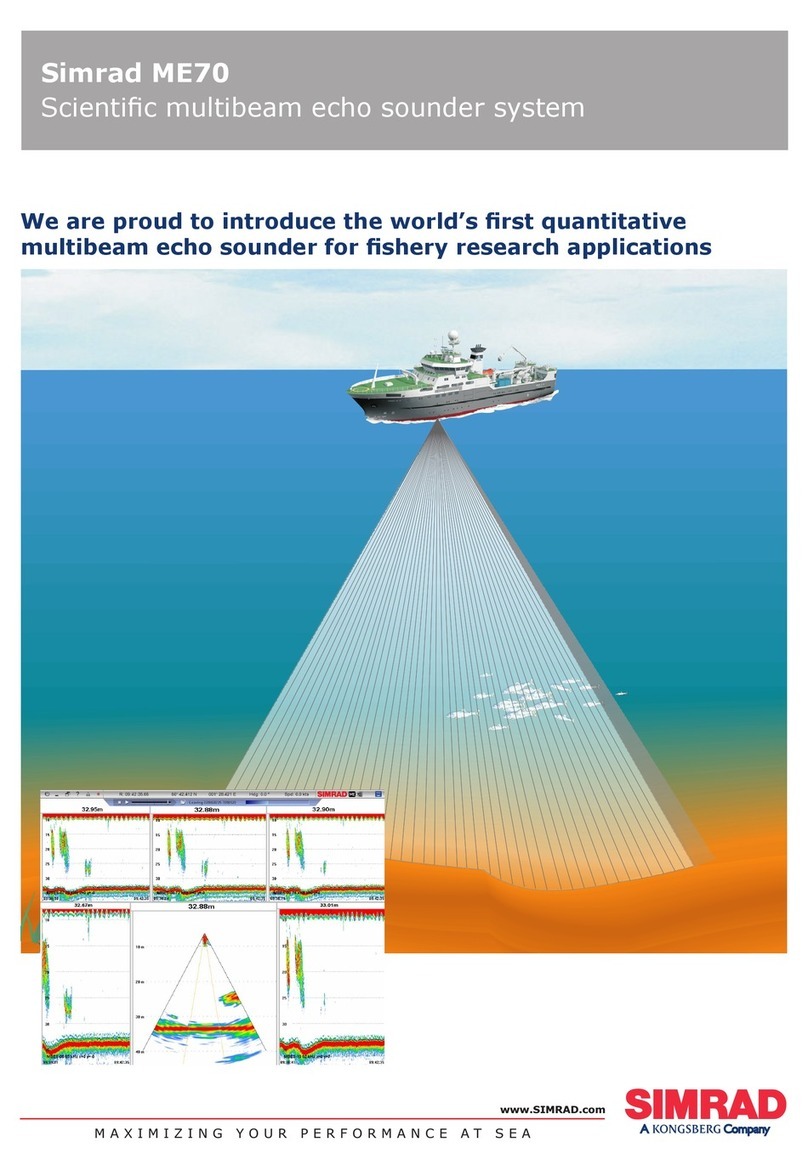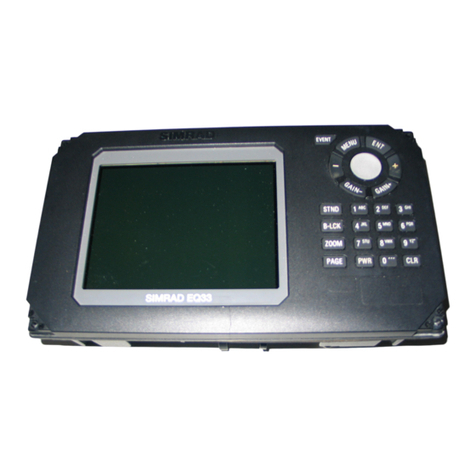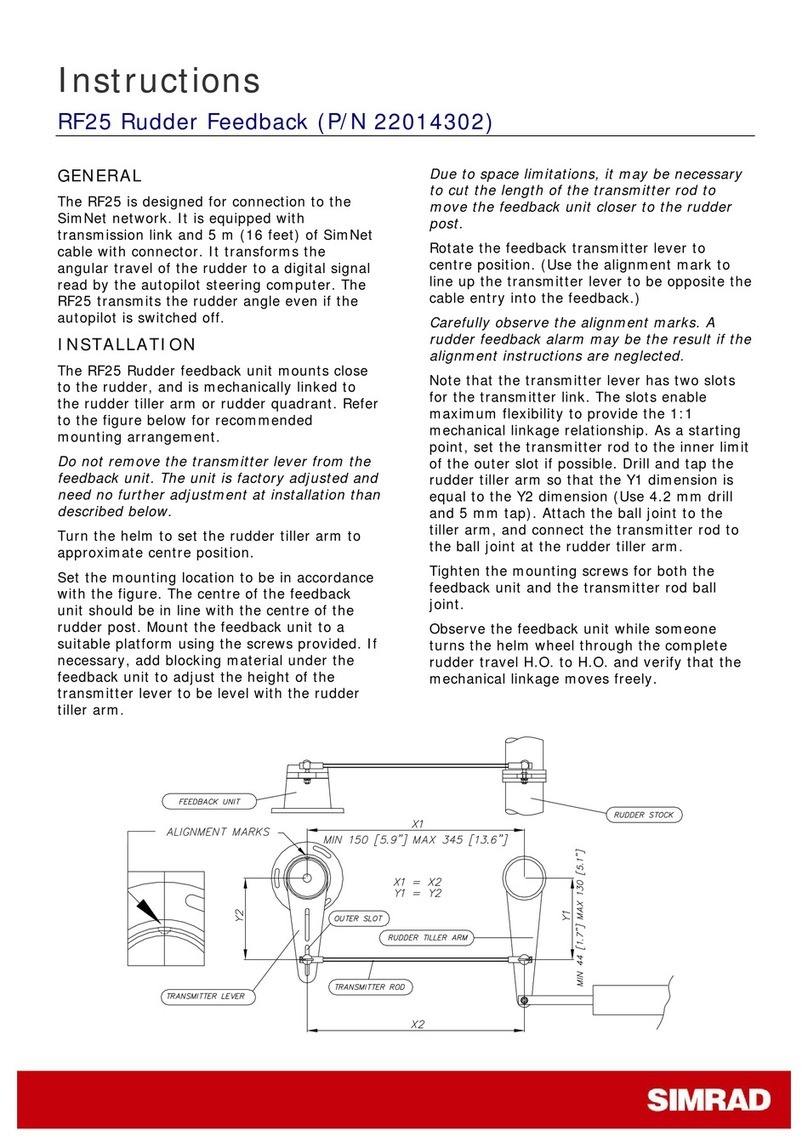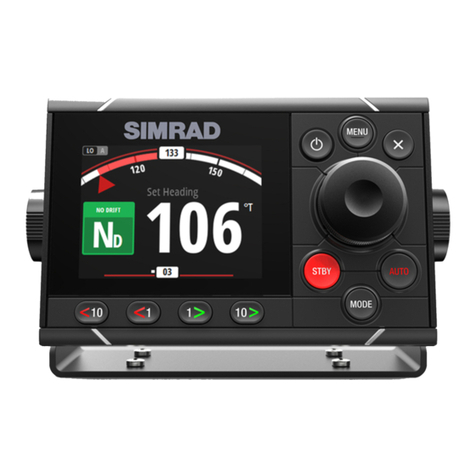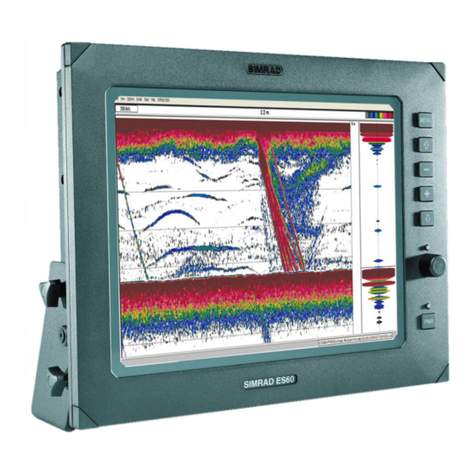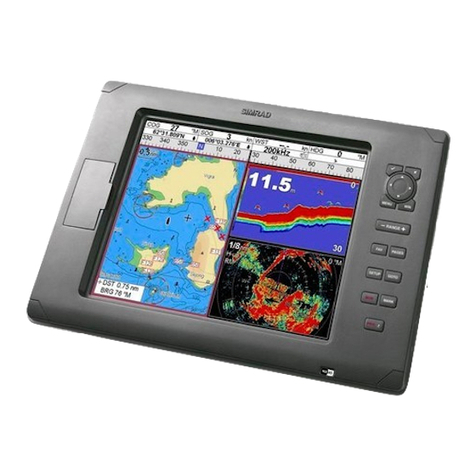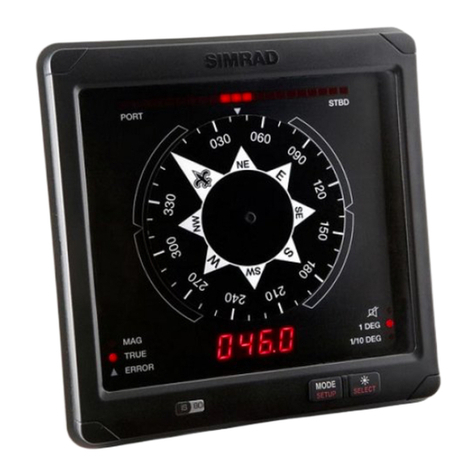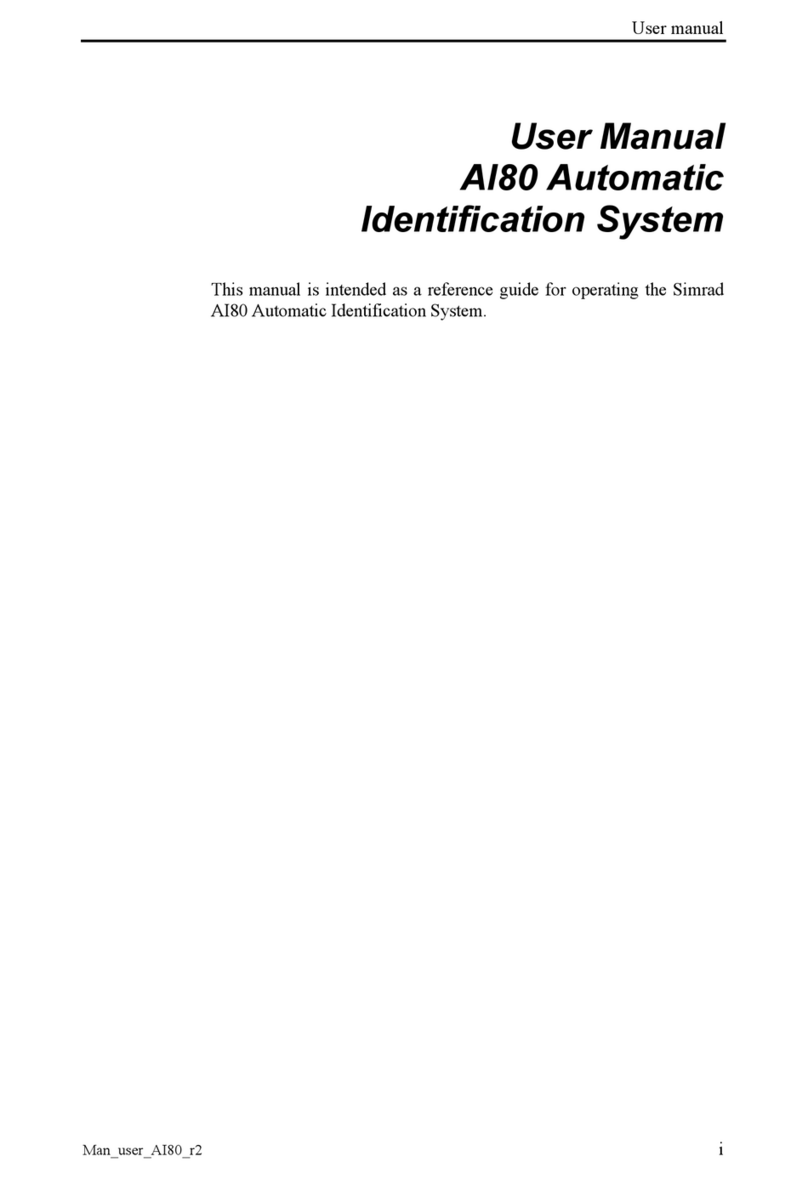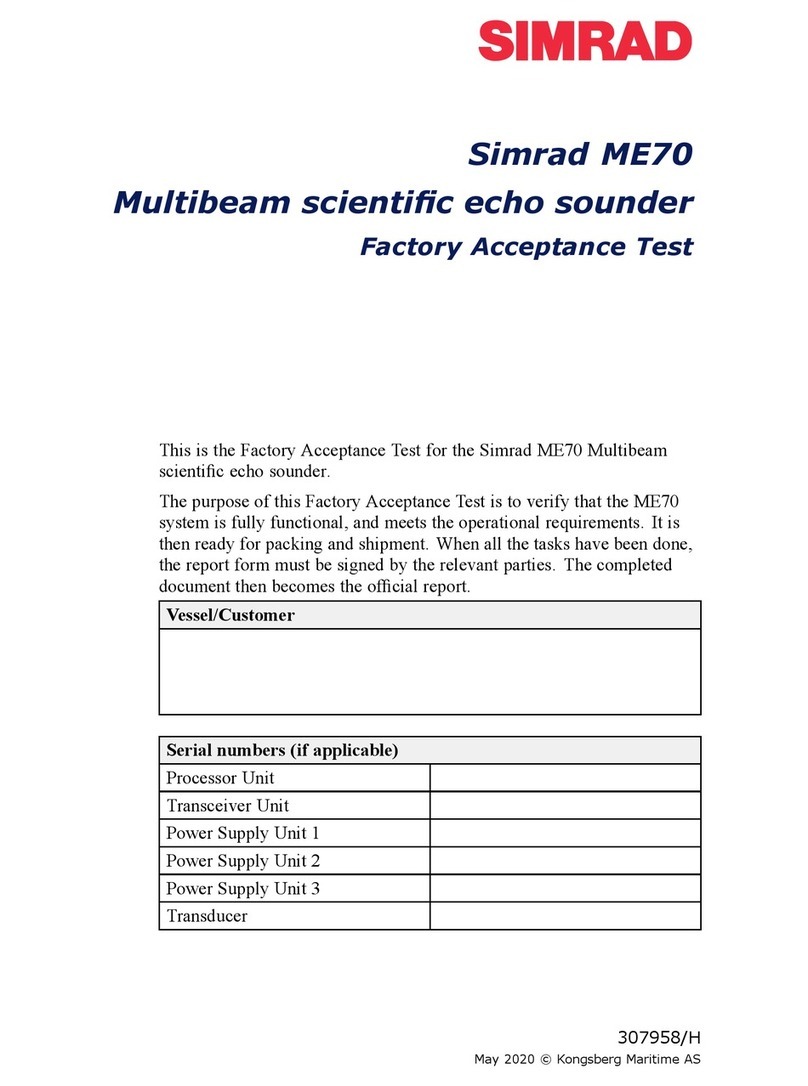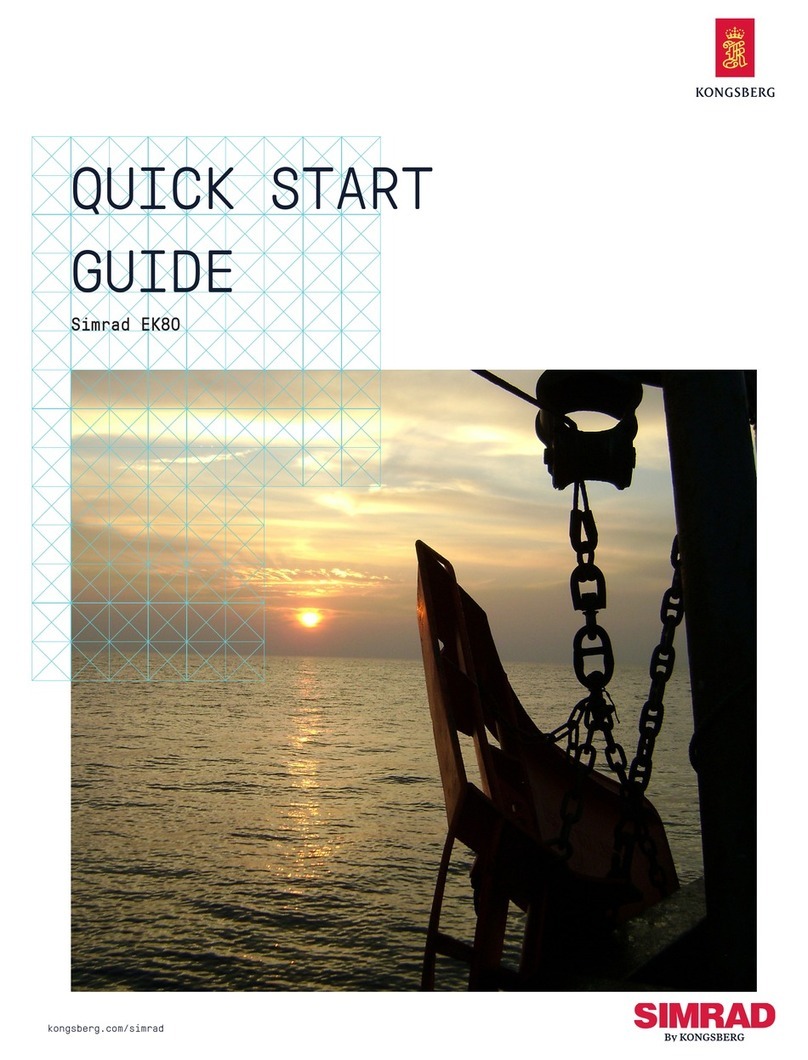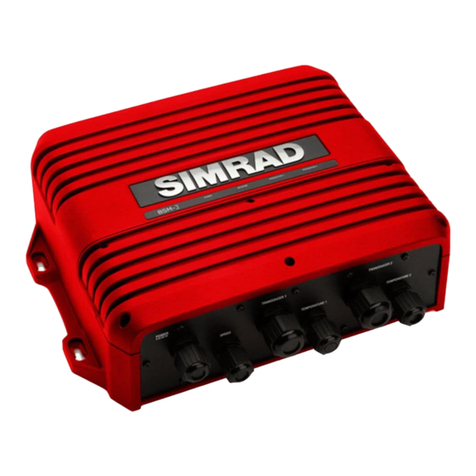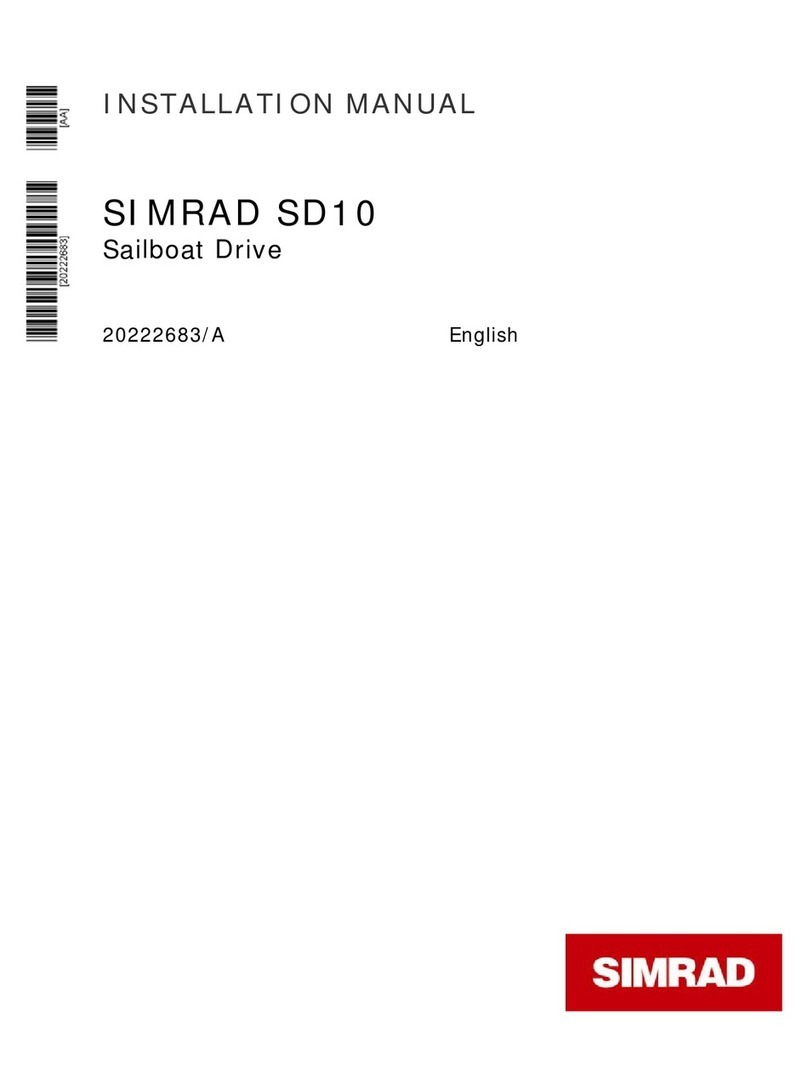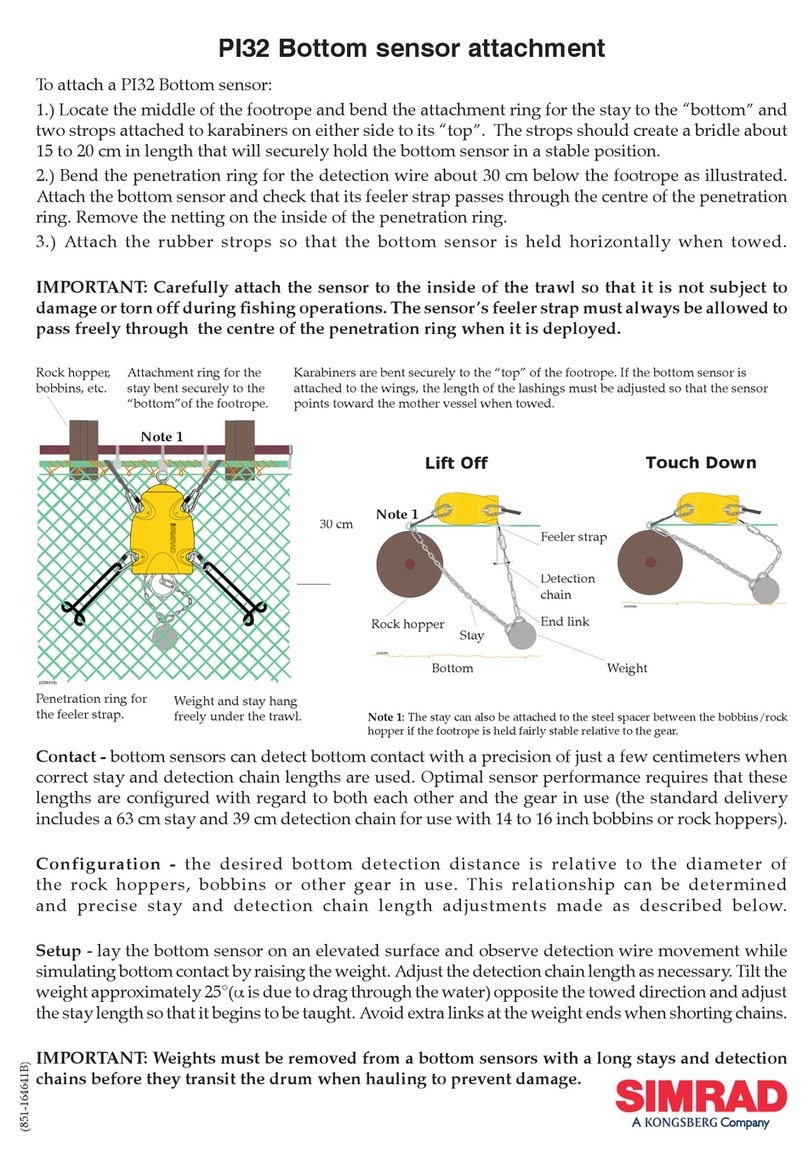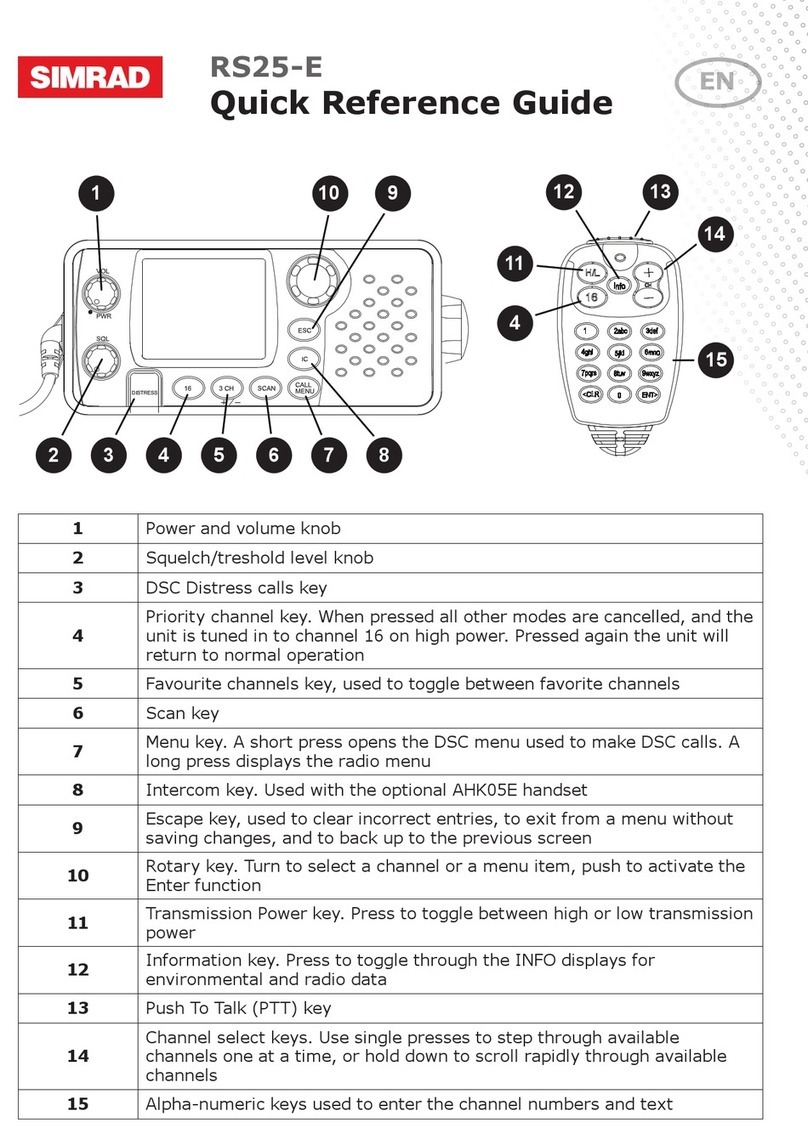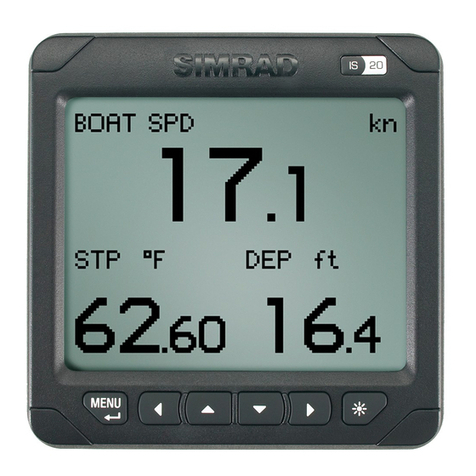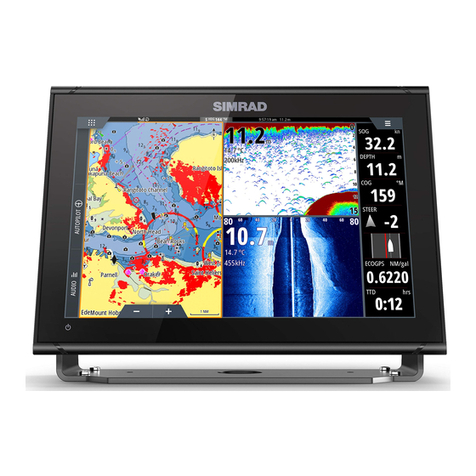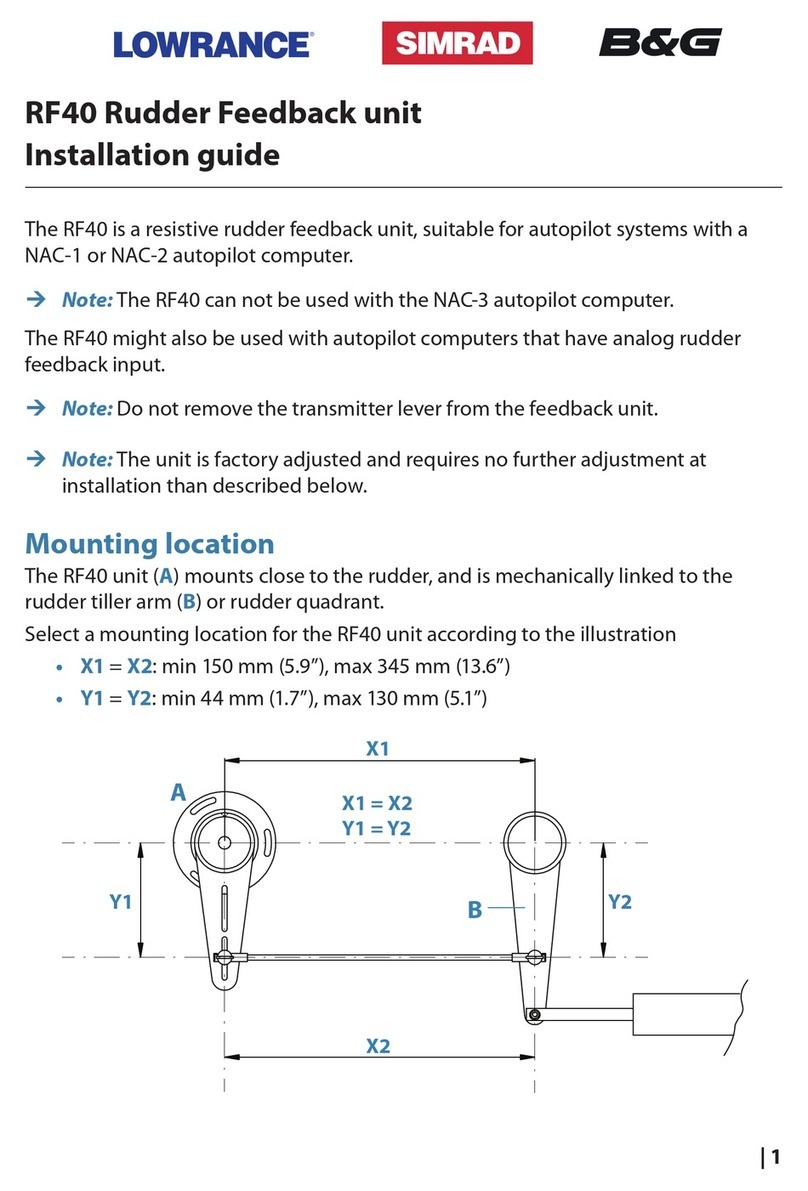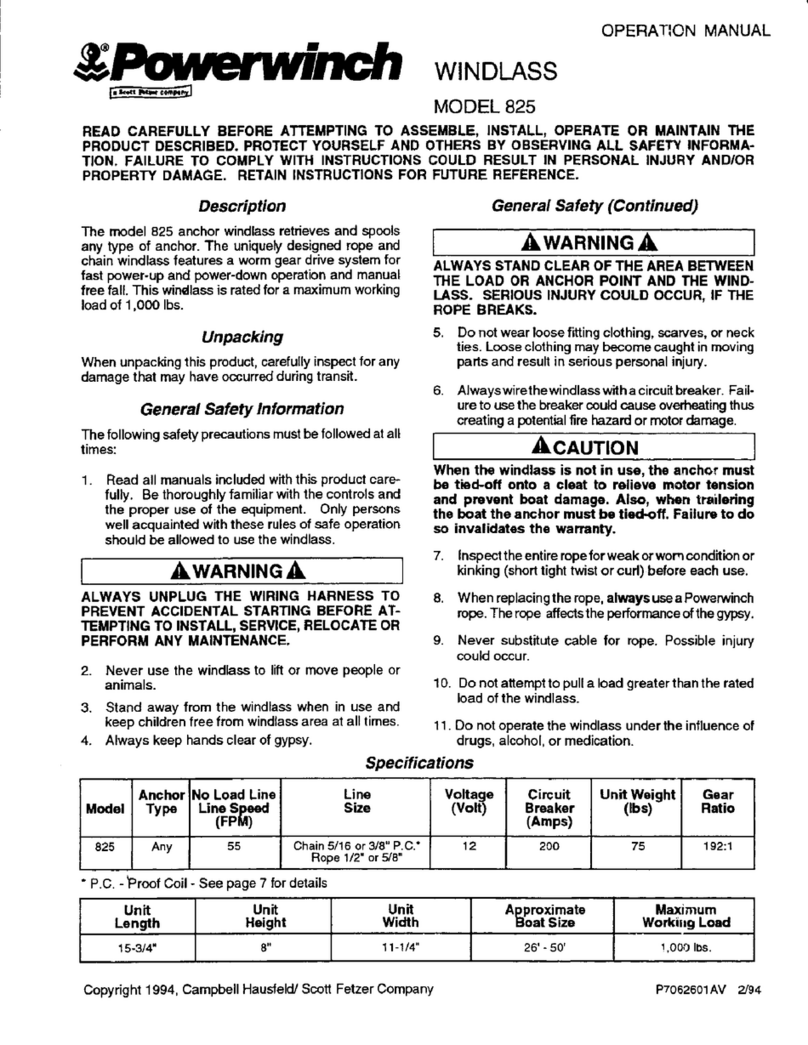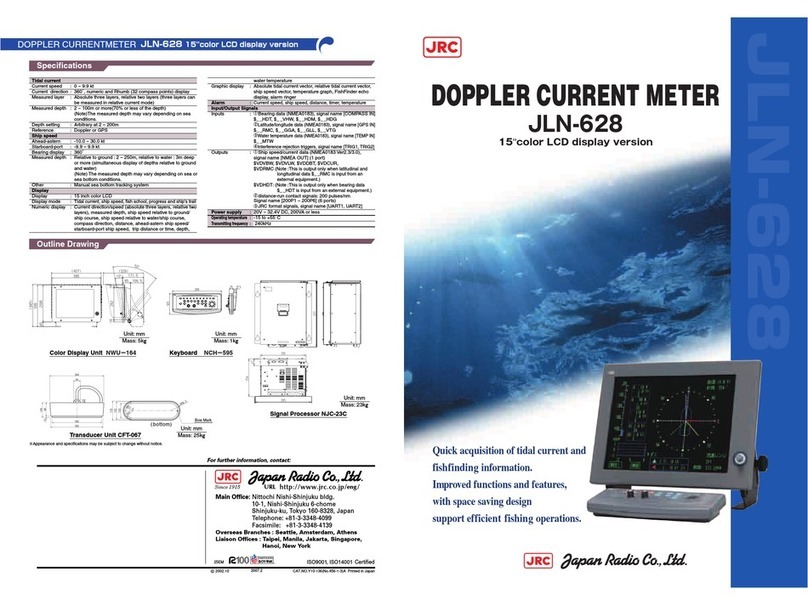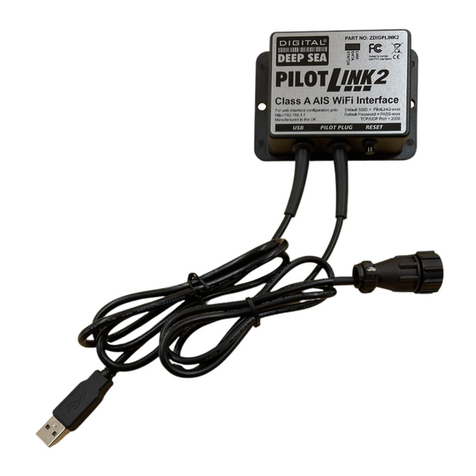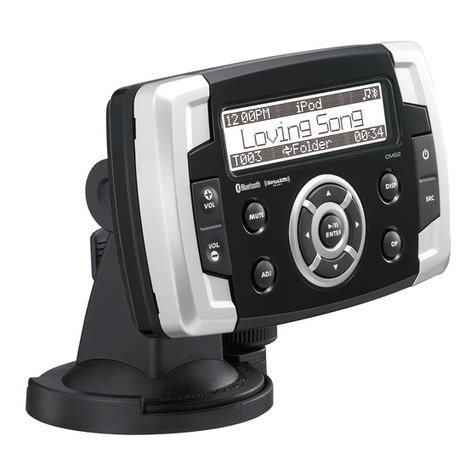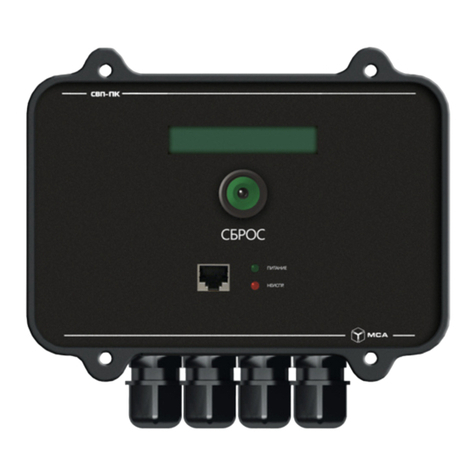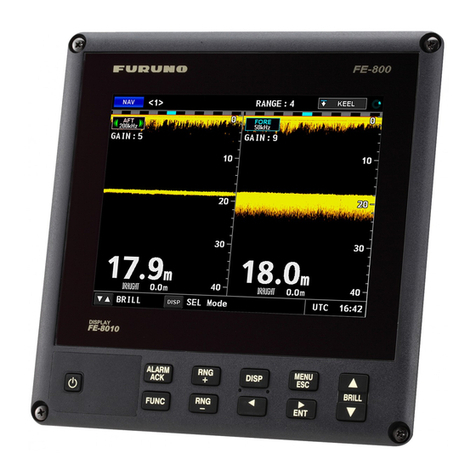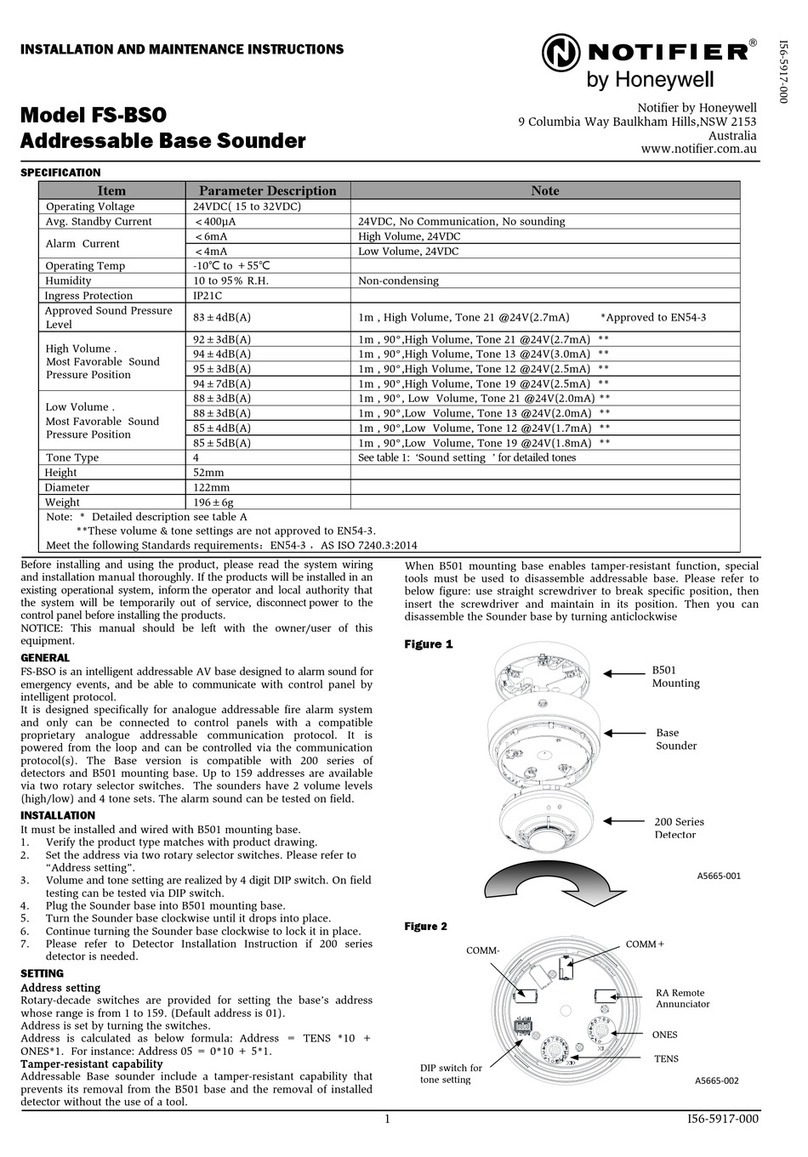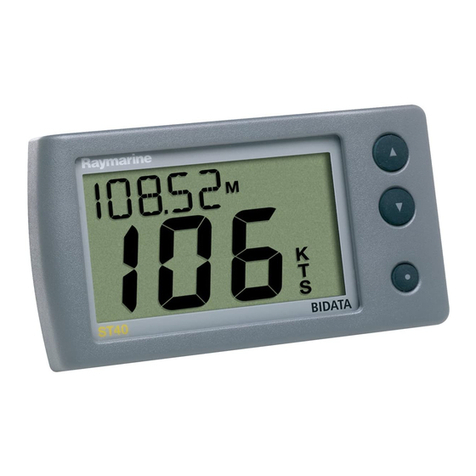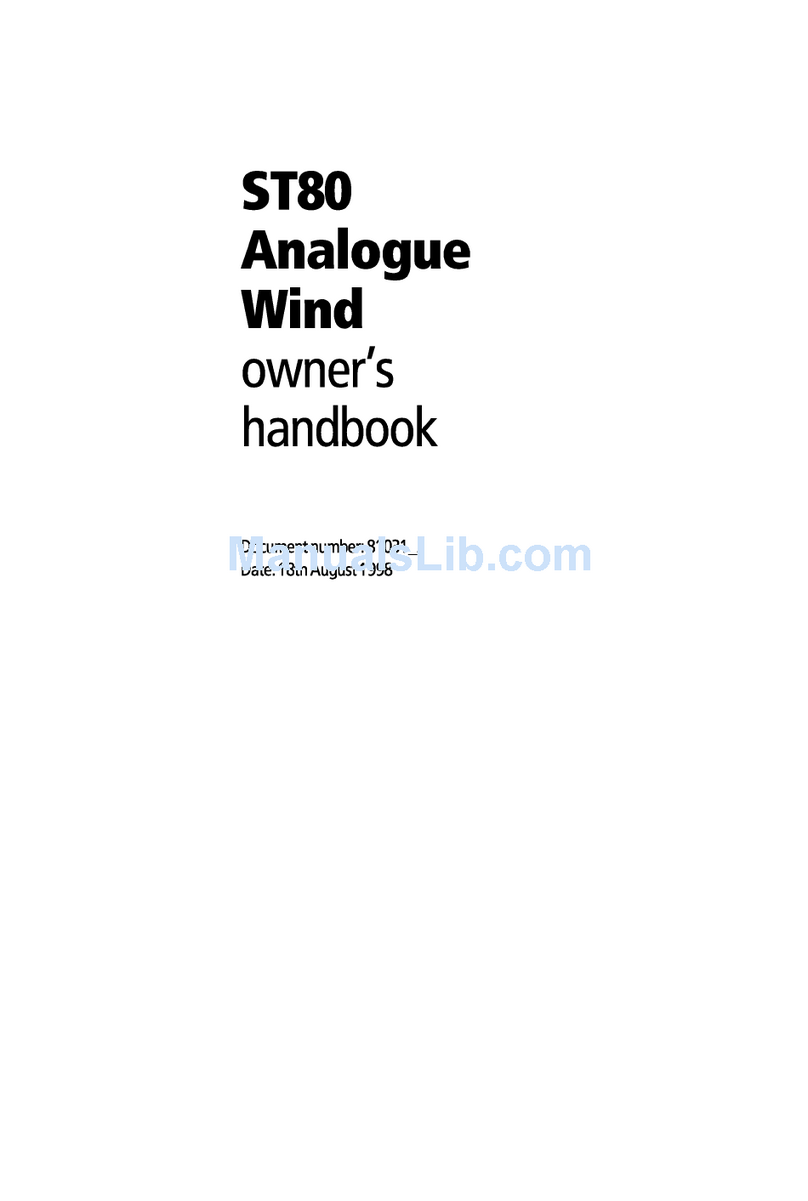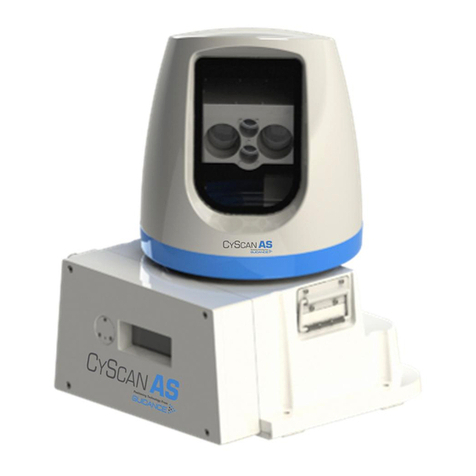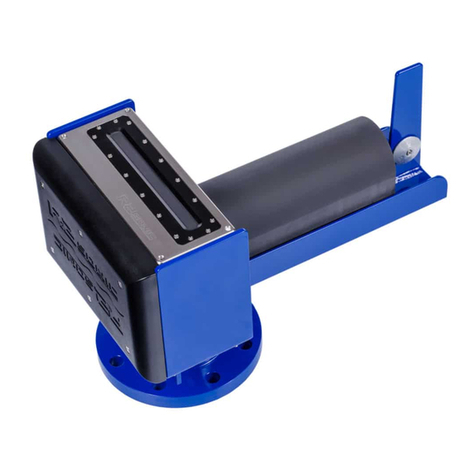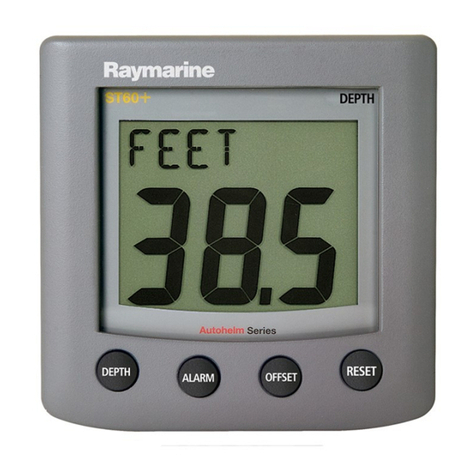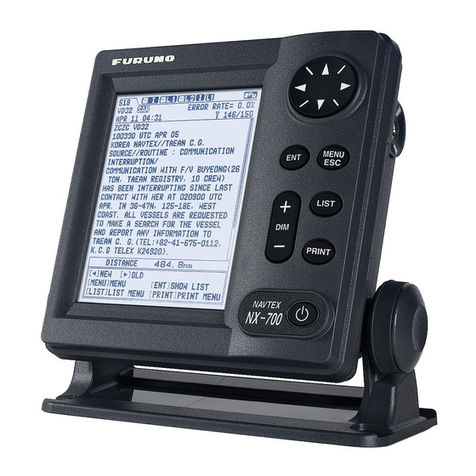Page 9
Instruction manual
To make a 1º adjustment, press either the Port or
Starboard key once. This is confirmed by a single beep,
and the relevant Port or Starboard LED will flash once.
To make a 10º adjustment, press and hold the key,
which is confirmed by a double beep and a double
flash of the Port or Starboard LED (Fig 2.3).
2.5 Autotack
The Wheelpilot has a built-in autotack facility, allow-
ing easy tacking of the vessel when single or short
handed. An autotack is only possible when in
Autopilot mode.
To initiate autotack, press and hold the TACK key, fol-
lowed by either the Port or Starboard key, depending
on which direction you wish to tack (Fig 2.4). The
WP10 has a factory preset autotack angle of 110º.
2.6 Rudder Movement (Gain)
The Wheelpilot uses highly advanced steering soft-
ware, which constantly assesses how the vessel is being
affected by the prevailing conditions. By adjusting its
own performance, the pilot is able to maintain the most
accurate course for these conditions, just as a human
pilot would. Thus, in a rough sea the pilot is not over-
worked and battery drain is kept to a minimum.
The pilot will make corrections to compensate for
heading errors, in order to keep the boat on course.
The amount of rudder correction made is set by the
Gain (sometimes referred to as the rudder ratio).
The Gain setting can be compared to driving a motor
vehicle – at high speeds, very little wheel movement is
necessary to steer the vehicle (LOW Gain). When dri-
ving at slow speeds, more wheel movement is neces-
sary (HIGH Gain).
Fig 2.5Ashows the effect of setting the Gain too low:
the boat takes a long time to return to the correct
heading. Fig 2.5Bis ideal, errors are quickly correct-
ed. Fig 2.5Coccurs when the Gain too high, causing
the boat to “S”, or oscillate around the correct head-
ing. Excessive Gain (Fig 2.5D) causes instability of
course, leading to increasing error.
To adjust Gain, please refer to section 3.3.
